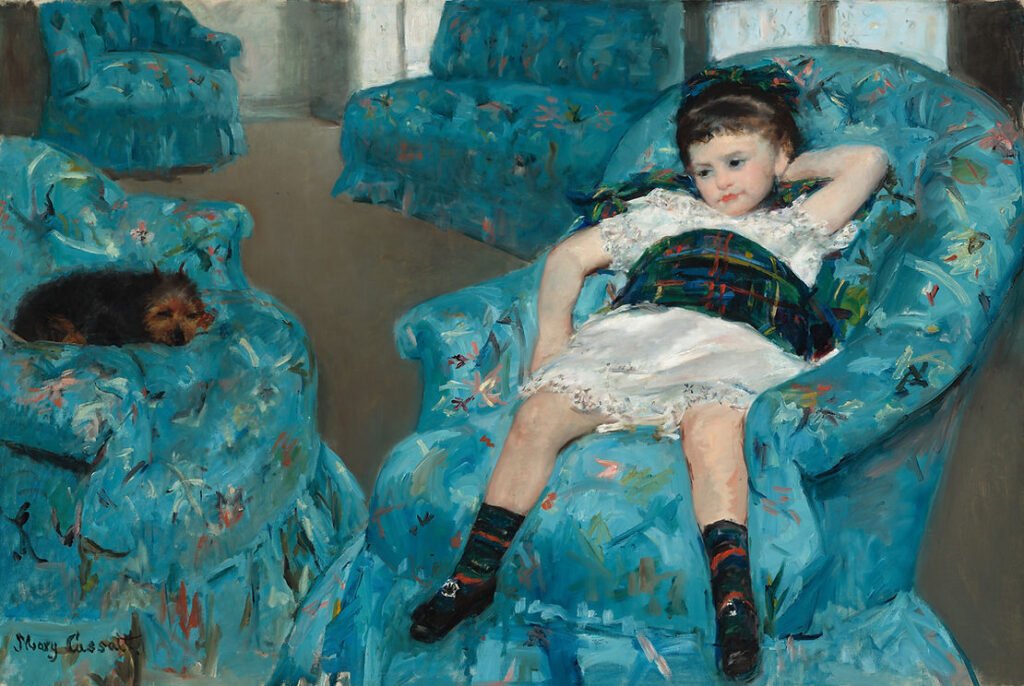If someone says greenish blue to me I think of a vivid turquoise, like that found on the back of a kingfisher or the colour of the Mediterranean on a sunny day. The colour given in Nature’s Palette (the book based on Werner’s Nomenclature of Colours) however, is a much more muted tone. It’s almost a grey, and the references given for this colour range in hue from the rather blue great fennel flower, the more green caterpillar of the pale clouded yellow butterfly and the vivid blue-greens of the mineral, turquoise. Whatever the exact colour, greenish blues make for beautiful subjects to paint or draw and I’ll be looking at a few in this week’s blog post.

Vegetable Reference: Great Fennel Flower (Nigella)
The great fennel flower (Nigella damascena), commonly known as love-in-a-mist, is an annual plant celebrated for its intricate blossoms and fine, feathery foliage. Native to Southern Europe, North Africa, and Southwest Asia, this member of the Ranunculaceae family thrives in well-drained soils and sunny positions. The plant typically grows to about 20-50 centimeters in height, producing solitary, delicate flowers in shades of blue, white, pink, or purple. Surrounding the blooms is a unique, lacy bract, which gives the plant its characteristic misty appearance and contributes to its common name.

The great fennel flower is not only appreciated for its ornamental beauty but also for its ease of cultivation and adaptability in garden settings. It self-seeds readily, often returning year after year with minimal effort from the gardener. The plant’s seeds, housed in distinctive balloon-like pods, can be harvested and sown to propagate new plants or left to naturally disperse. Additionally, the flowers are attractive to pollinators, such as bees and butterflies, making them beneficial for the ecosystem.
Beyond its visual appeal, the great fennel flower has historical and cultural significance. In traditional medicine, its seeds, known as black cumin or black caraway, have been used for their purported health benefits, including digestive and anti-inflammatory properties. The seeds also feature in culinary traditions, especially in Middle Eastern and Indian cuisines, where they add a distinct, peppery flavour to dishes. Moreover, the plant has been a symbol of affection and romance, often included in Victorian bouquets and language of flowers exchanges.
In the sketch of the Nigella flower above, I used the two colours given in Nature’s Palette as corresponding to Greenish Blue. These are Cobalt Green by Winsor and Newton and Grey Blue by Caran d’Ache. These are very different colours and when combined give a colour more like the CYMK reference colour shown above. I used the Cobalt Green in the background and as a layer under the Grey Blue pencil on the flower.
Animal Reference: Caterpillar of Pale Yellow Clouded Butterfly
The pale clouded yellow butterfly (Colias hyale) has delicate yellow wings edged with a black border and is a notable yet sporadic visitor to the British Isles. Native to continental Europe, this butterfly occasionally migrates to the UK during warm summers, typically from late May to early October. Its presence is often a cause for excitement among lepidopterists and nature enthusiasts, as these migrations are irregular and influenced by weather patterns. The butterfly is more commonly found in the southern parts of England, where the climate is slightly milder, but it can sometimes be spotted further north.

In the British Isles, the pale clouded yellow butterfly prefers open habitats such as grasslands, meadows, and coastal dunes, where its larval food plants, such as clovers and other legumes, are abundant. These environments provide the necessary resources for their lifecycle, from egg-laying to caterpillar development. The butterflies are strong fliers and can cover significant distances, which aids their migration but also means they can be elusive and challenging to study in detail. Their vibrant appearance and rapid, erratic flight pattern make them a delight to observe, adding splashes of colour to the British summer landscape.
Despite their occasional appearances, the pale clouded yellow does not establish permanent populations in the British Isles due to the cooler and wetter climate, which is less suitable for overwintering. However, their periodic influxes are important for ecological monitoring and can indicate broader environmental changes, such as shifts in climate and habitat conditions.
The pale clouded yellow butterfly can be confused with the clouded yellow butterfly (Colias croceus) which visits the British Isles more frequently and is found on the Isle of Man. For a list of butterflies that are found on the Island, see the Manx Wildlife Trust website.
Mineral Reference: Turquoise
Turquoise is a beautiful gemstone renowned for its vibrant blue to greenish hues, often interlaced with intricate veining or matrix patterns. This mineral, chemically a hydrous phosphate of copper and aluminium, has been cherished for millennia by various cultures for its beauty and supposed metaphysical properties. Its unique colour results from the presence of copper (for blue) and iron (for green), making each piece distinct. The stone is typically found in arid regions, forming as a secondary mineral in the weathered zones of copper deposits.

Historically, turquoise has held significant cultural importance. The ancient Egyptians adorned themselves with turquoise jewellery and inlaid it into the famous burial mask of Tutankhamun. In Persia (modern-day Iran), turquoise was extensively mined and used for decorative purposes and protective amulets, a tradition that has continued into modern times. Native American tribes in the Southwestern United States have also revered turquoise for its spiritual significance, believing it to bring protection, health, and good fortune.
In contemporary times, turquoise remains highly sought after in the gemstone market, prized both for its aesthetic appeal and its historical legacy. High-quality turquoise is relatively rare, with some of the most prized specimens originating from regions such as Iran, the Sinai Peninsula, and the Southwestern United States. Turquoise can undergo treatments, such as stabilisation, to enhance its durability and colour, making it more suitable for various types of jewellery.
I love the colour turquoise and so am often drawn towards artworks that contain it, such as the painting ‘Little Girl in a Blue Armchair’ (1878) by Mary Cassatt. This American artist, worked between 1844 and 1926 and had just begun to adopt a freer style of painting when she created this piece. Cassatt was friends with Edgar Degas and exhibited this painting in her debut with the impressionists in 1879. The position of the girl and dog gives this piece a timeless feel. It could be a snapshot of my niece and her dog it has such a familiarity to it. For more on this artwork and artist see the National Gallery of Art website.


Leave a Reply